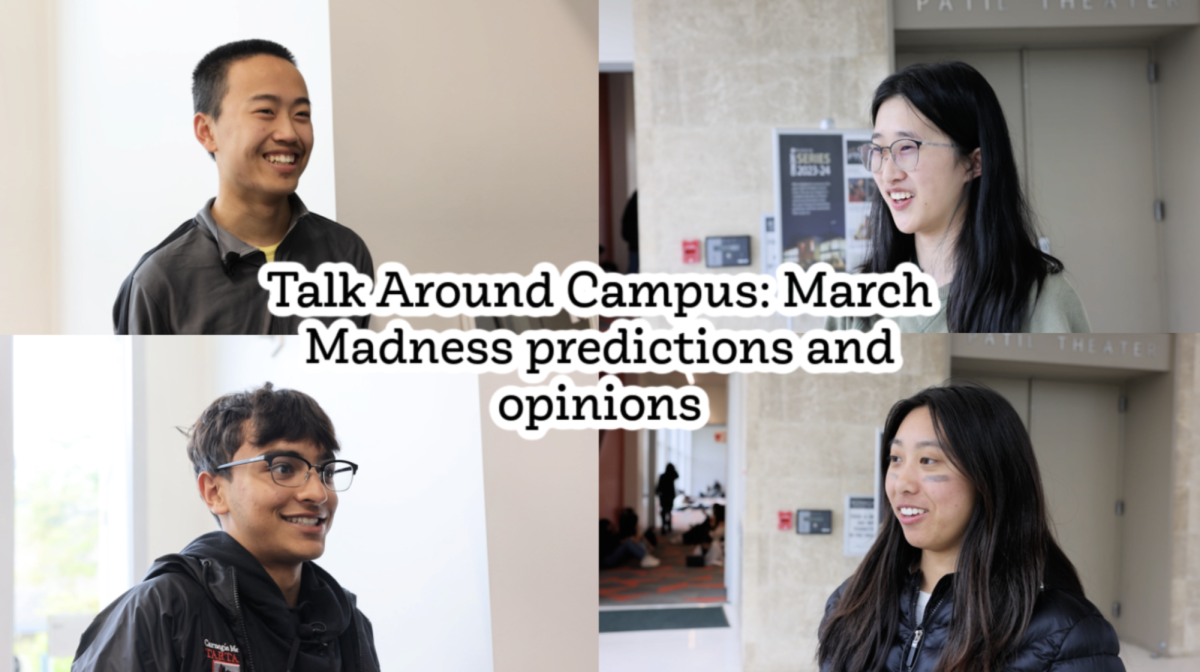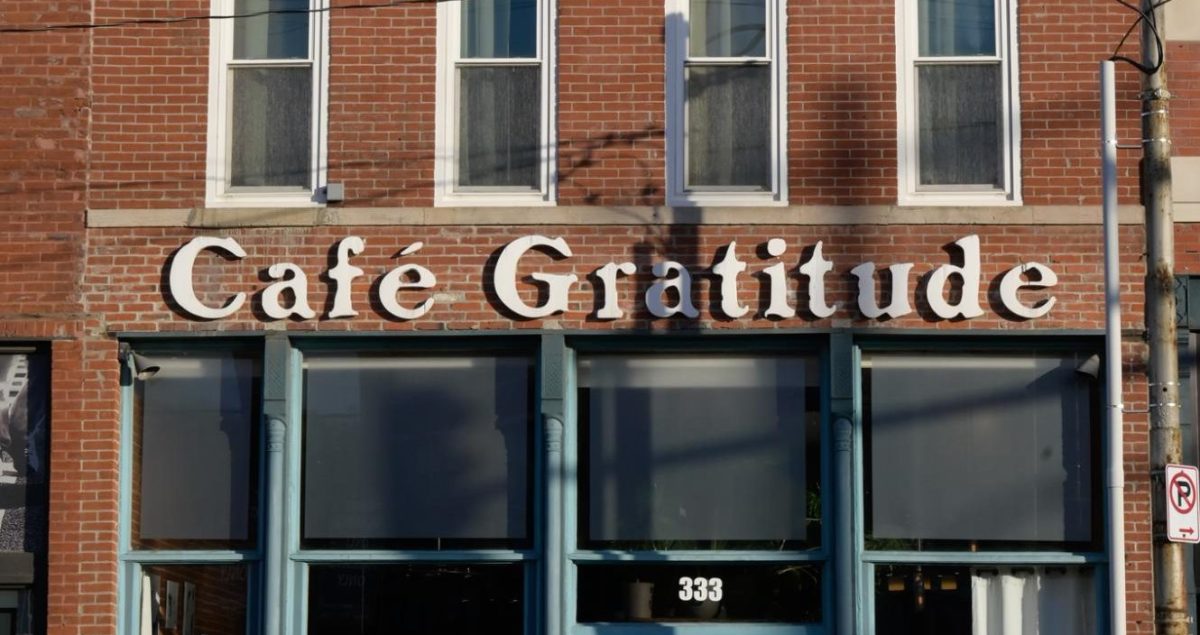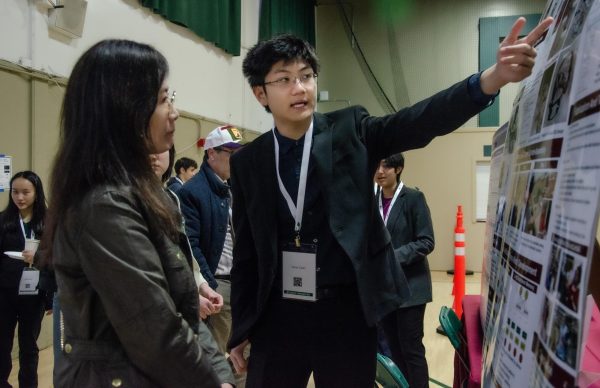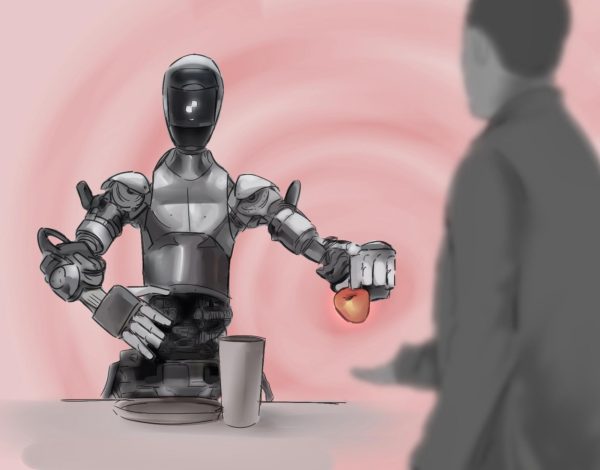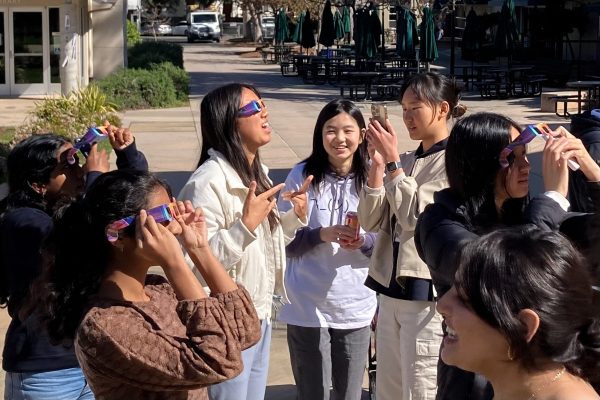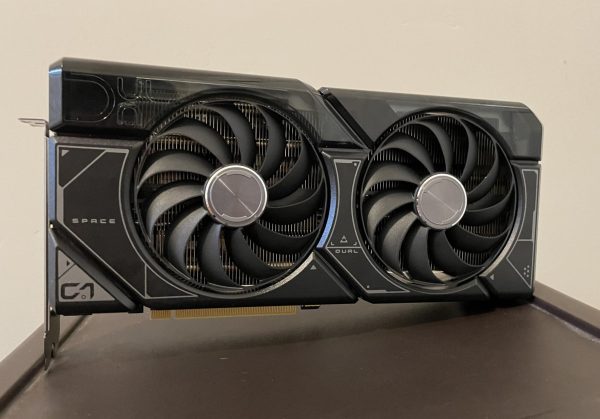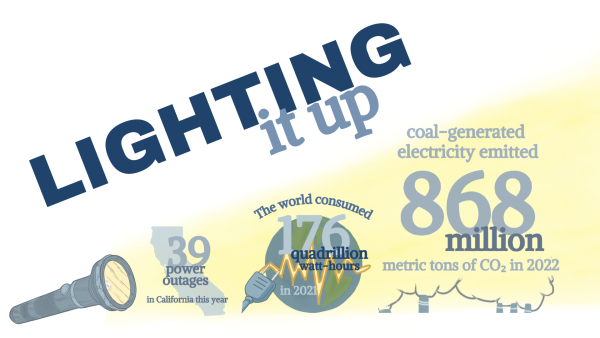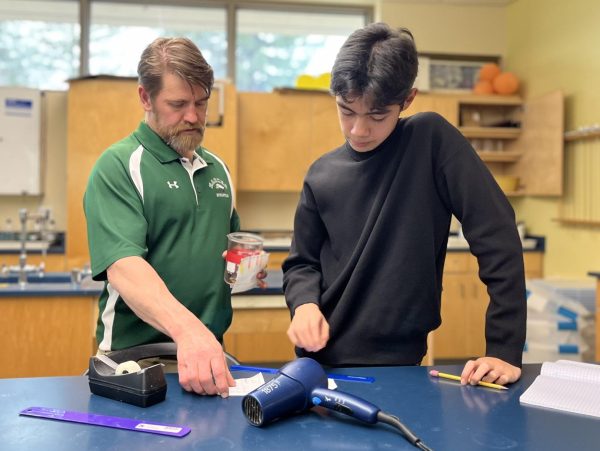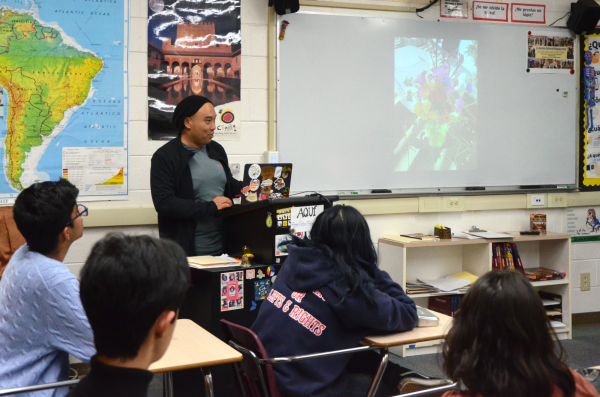Synopsys Science Fair
The 2015 Synopsys Championship of Santa Clara County California, which took place on March 11 at the San Jose Convention Center highlighted high-level research of 27 Harker students making Harker one of the best schools at the science fair.
Middle school and Upper school Harker students displayed their work . This year, 52 Upper School students participated.
“There were so many unique and interesting projects this year” says Anita Chetty, Upper School Science Department Chair.” “Each year, the research questions become more complex and I have noticed that students sometimes have trouble completing projects by the Synopsys deadline. This is not a bad thing. It reminds us that research is a slow, continuous process.”
Harker students were also awarded the highest honor at the science fair. Grand prizes and Intel International Science and Engineering Fair (ISEF) qualification were awarded to Jonathan Ma (11), Sadhika Malladi (11) and Nitya Mani (12) and 9 other participants from different schools at the fair.
“Research builds a unique skill set,” says Chetty. “There are the usual lab science process skills but there students also develop skills in literature review, effective writing and oral communication skills. Research also enables character development. Besides testing your ability to think creatively and to troubleshoot effectively, research challenges you to go become resilient, learn from your mistakes, modify, tinker, and persist.”
Nastya Grebin (9) and Anooshree Sengupta (9) recieved an Honorable Mention in the bioinformatics category for their project titled “The Classification of SNPs in the SMAD4 Gene on the Development of Pancreatic Cancer in a Human Using a Machine Algorithm.” Their project is the crossroad between their respective interests. In Nastya’s case, that is genetics and in Anooshree’s, It is machine learning.
“[In research] there isn’t really a failure. You just need to try harder or learn from your mistakes, or learn from the results you were not expecting” Said Nastya, “That has kind of taught me to view everything with both skepticism and deciding ‘hey, my hypothesis worked, but what could have gone wrong?’”
Sadhika and Jonathan spoke about their project as well.
“ Our project tries to find genomic differences between male and female cancer patients and then translates those differences into how affected the treatment would be” Sadhika said.
Throughout their experience, they continued to develop their research.
“Initially, we were not sure how far we would be able to take it. We knew there would be good results, but we weren’t sure if they could be verified and if our framework would be valid enough. Now we’re moving on to doing live tissue experiments and we are thinking about extending our framework to other demographics”.
The duo also plans on conducting further research for ISEF. “ We’re investigating a few more drugs that we didn’t have time to investigate prior, but now since we made it to ISEF we’re looking more into those” said Jonathan. “ We’re also looking into additional methods for statistical validation.”
Both Sadhika and Jonathan also have future projects on other topics. “ We’re thinking about working on this project, but also doing individual projects in the upcoming summer” Sadhika said.
Overall, the Synopsys Science Fair awarded students for their hard work and dedication to in the field of scientific research. The ISEF competition at which our school will be represented takes place on May 10-15 in Pittsburgh, Pennsylvania.
This piece was originally published in the pages of The Winged Post on April 22, 2015.
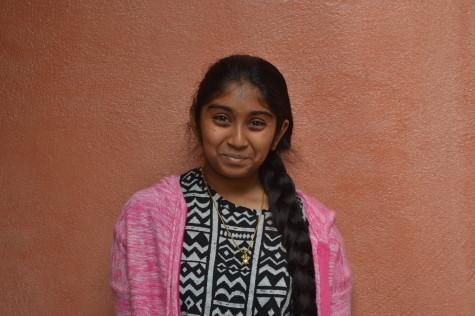
Sanjana Avula (9) is a reporter for The Winged Post. In her free time she enjoys biking, watching movies, and spending time with her family. Sanjana also...
Maya Kumar (11) is the Features Editor for the Winged Post. This is her third year in Journalism and her favorite part is collaborating with fellow journalism...































![Setter Emma Lee (9) sets the ball to the middle during the match against Pinewood on Sept. 12. “[I’m looking forward to] getting more skilled, learning more about my position and also becoming better friends with all of my teammates, Emma said.](https://harkeraquila.com/wp-content/uploads/2023/09/DSC_4917-2-1200x795.jpg)








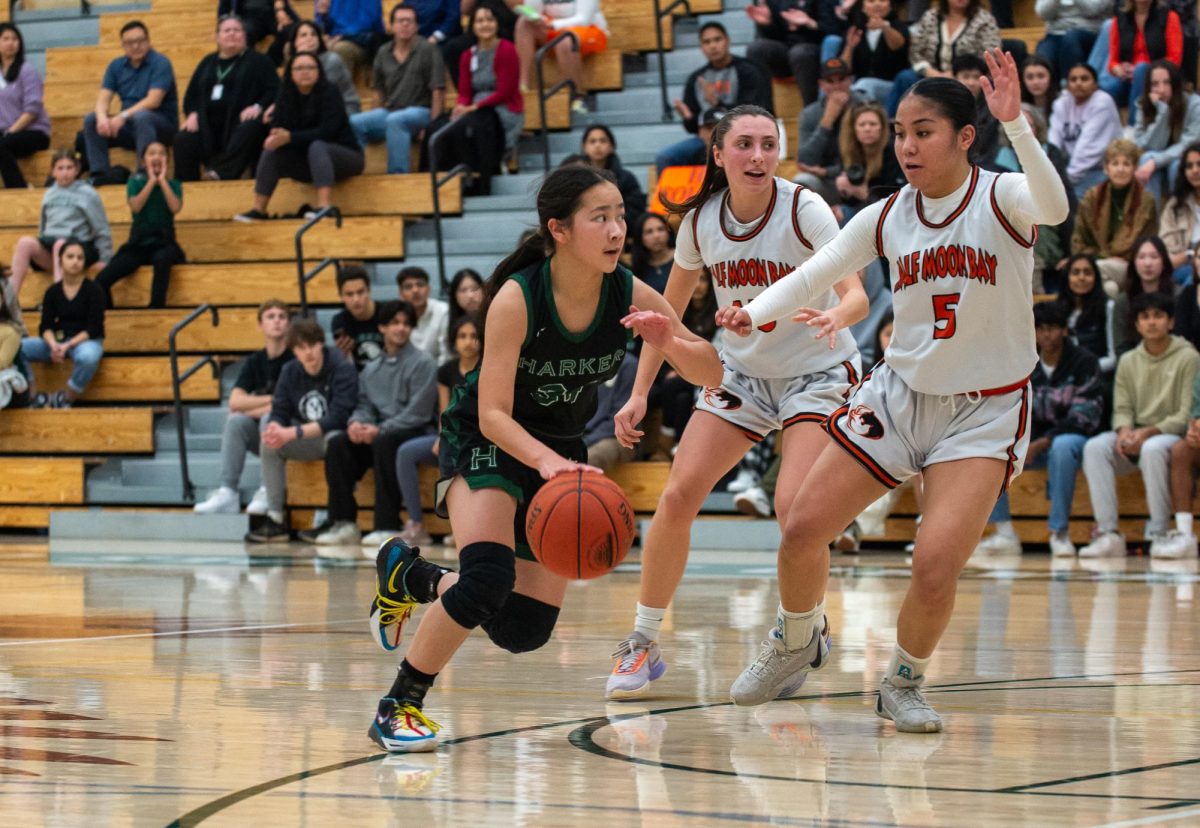























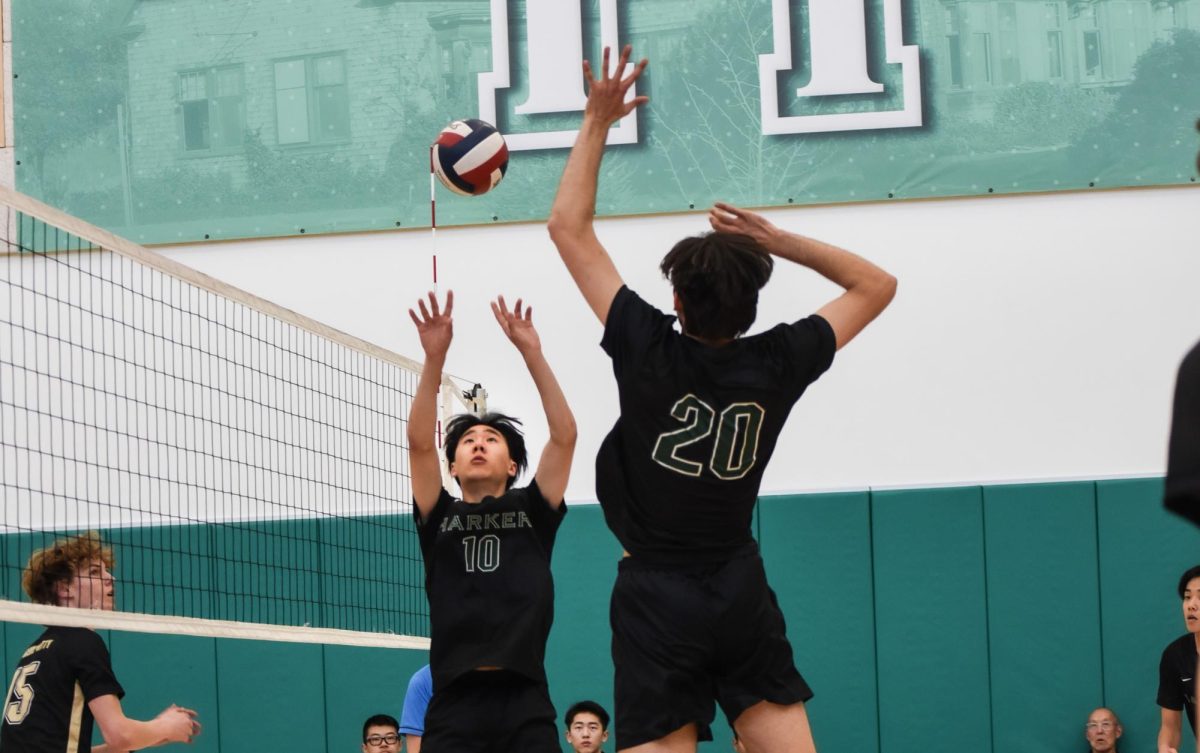
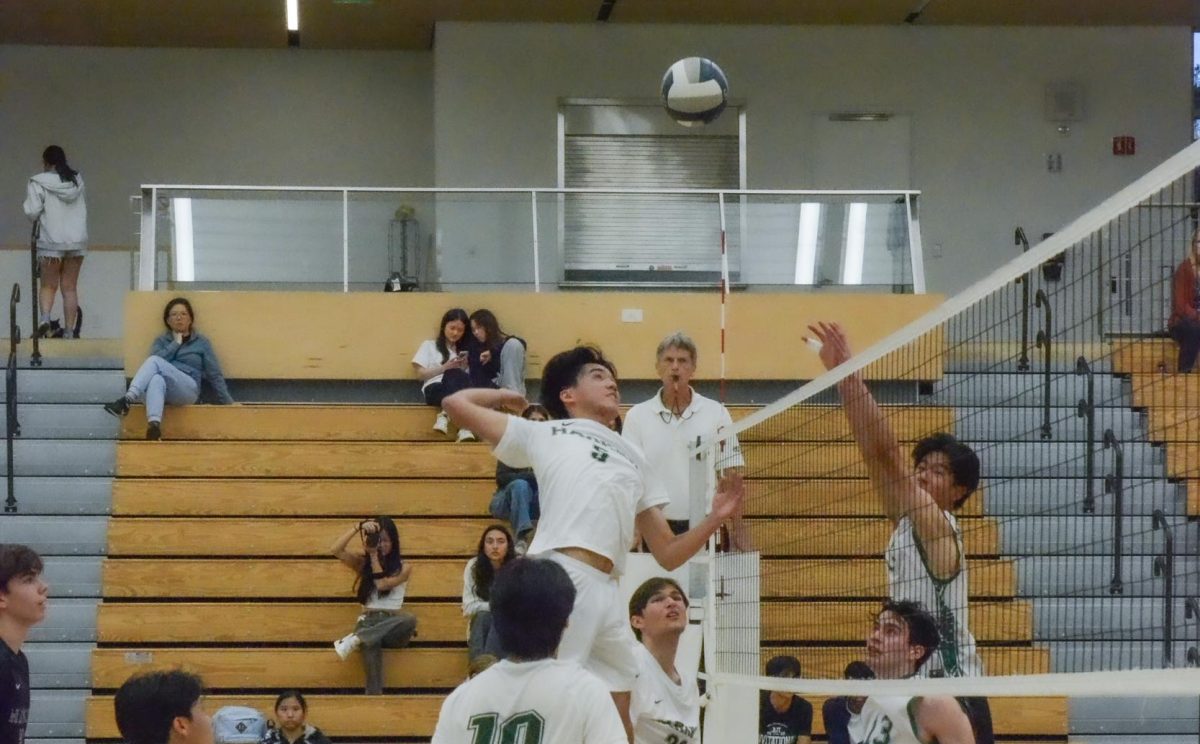

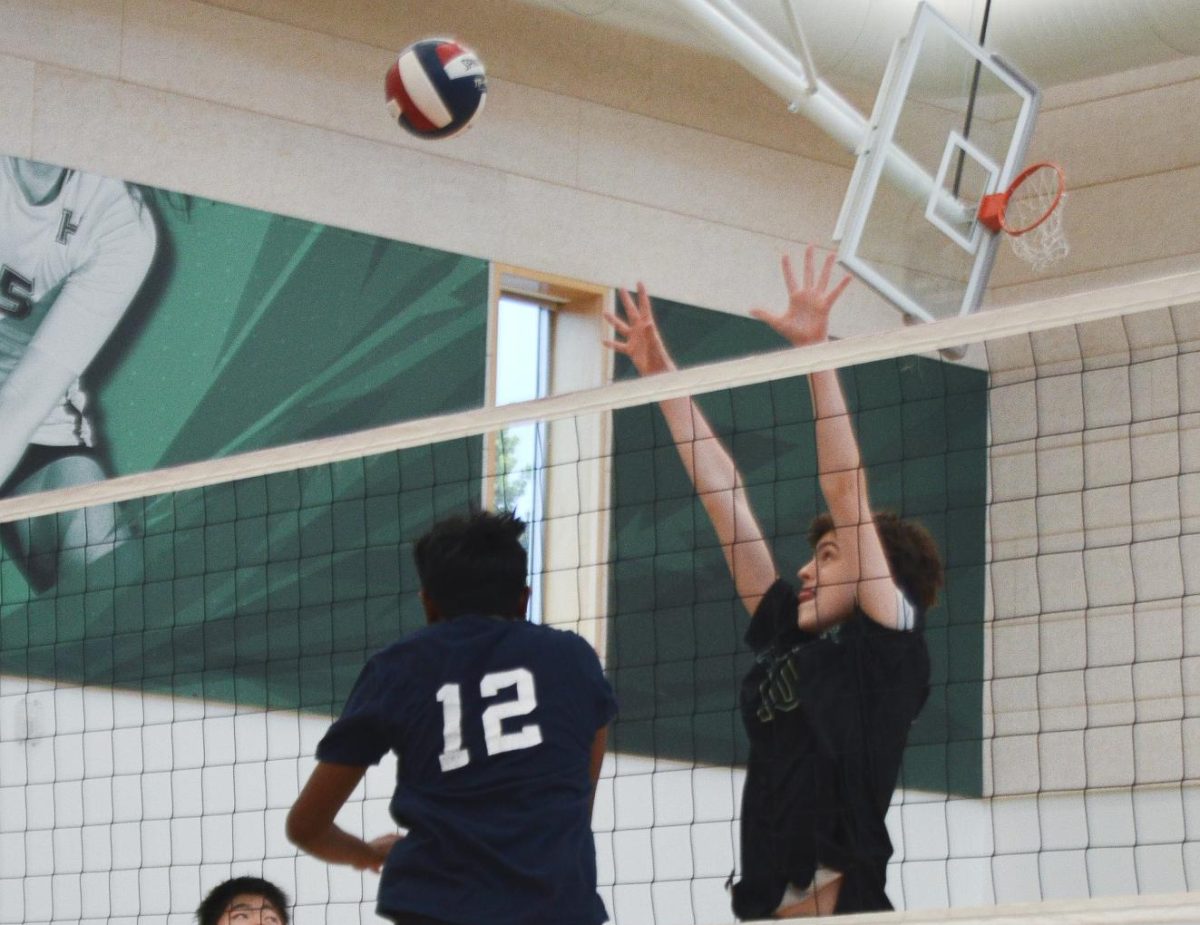
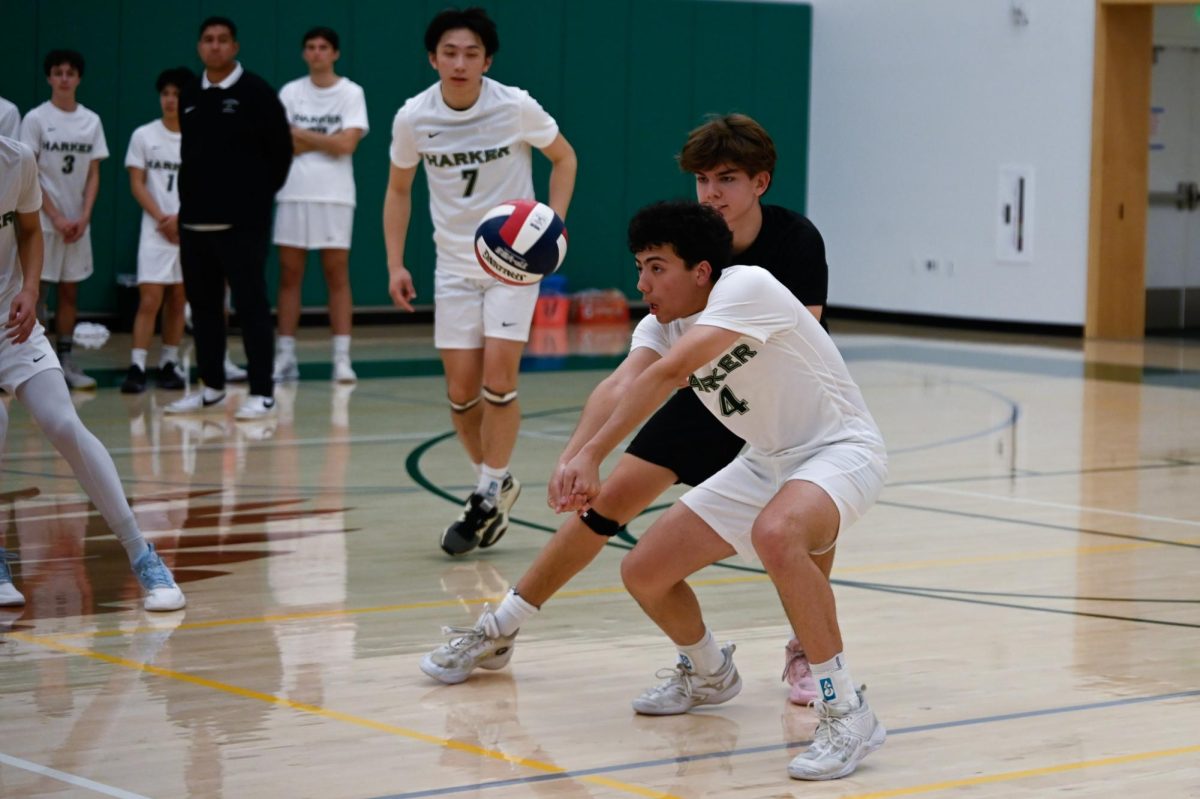




























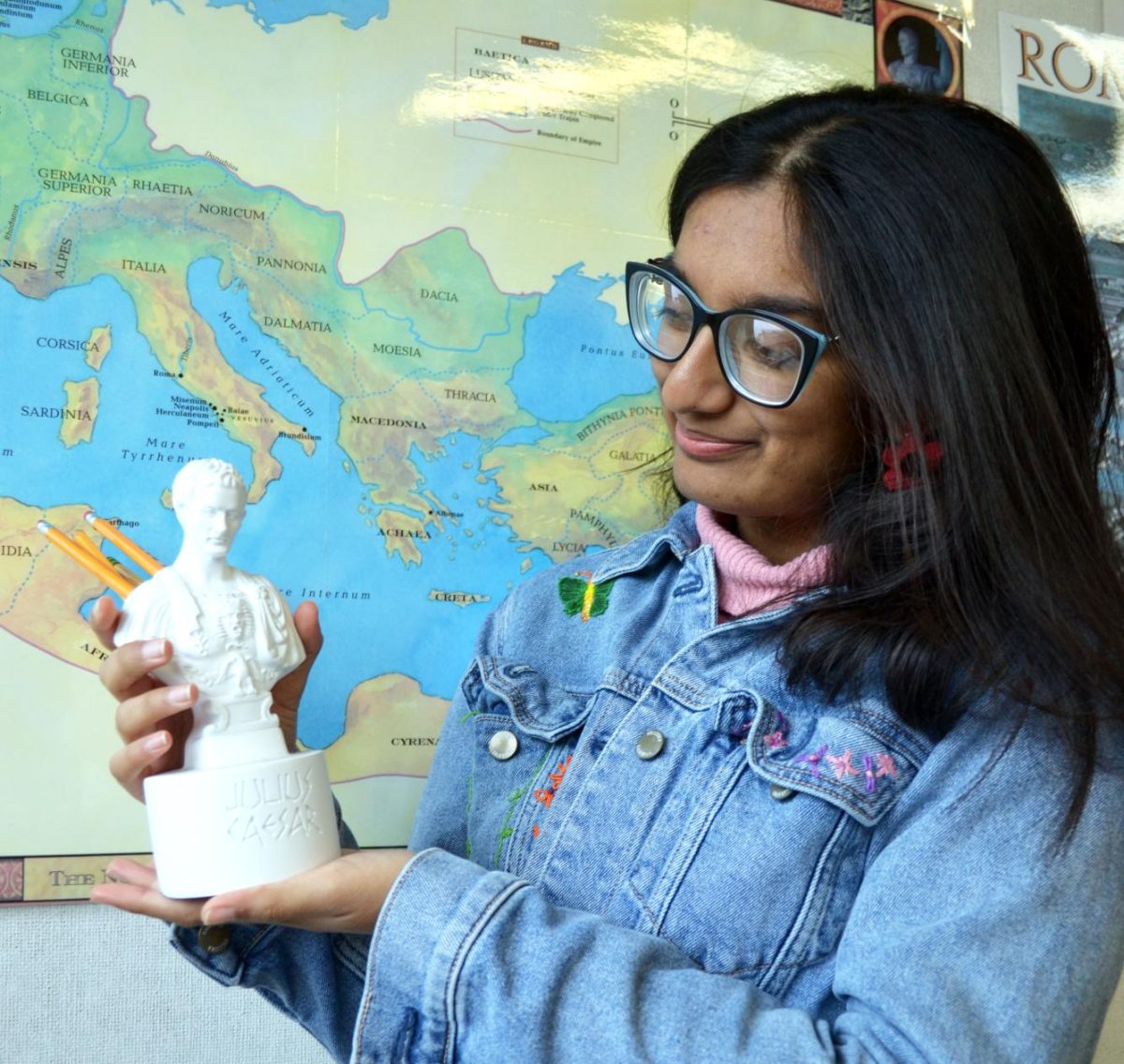
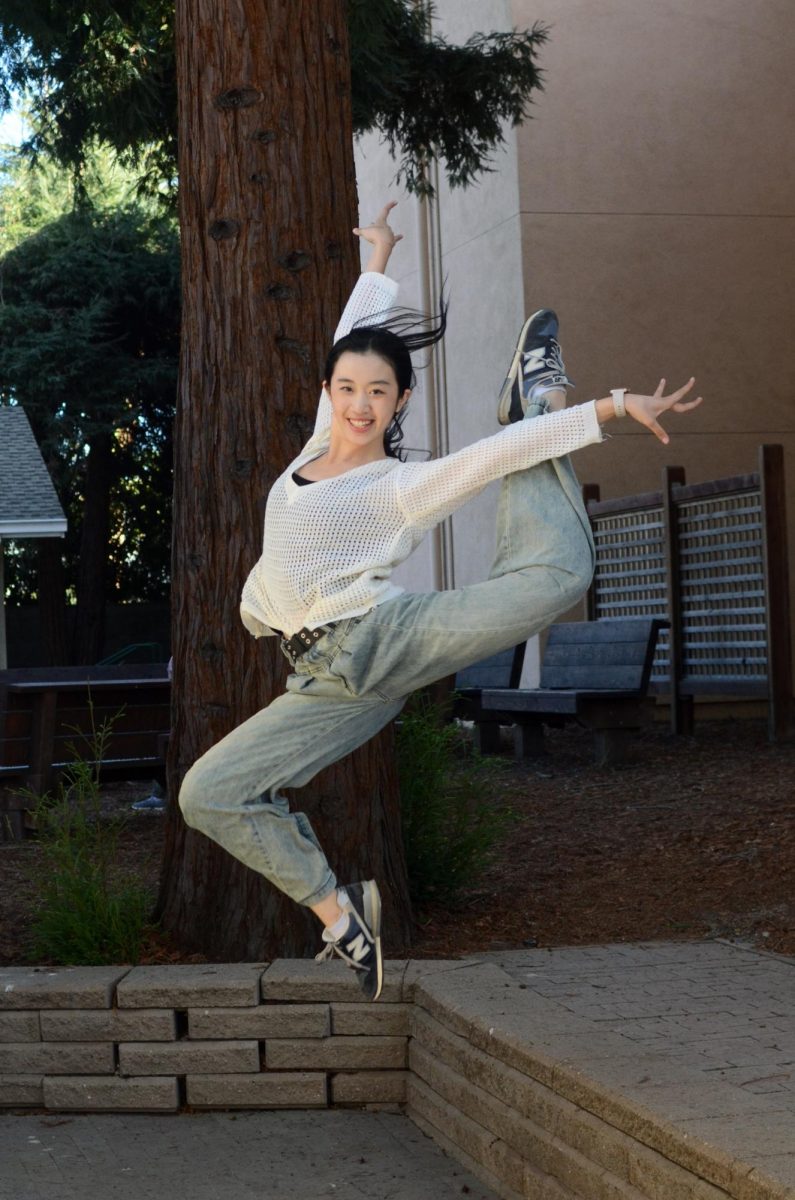
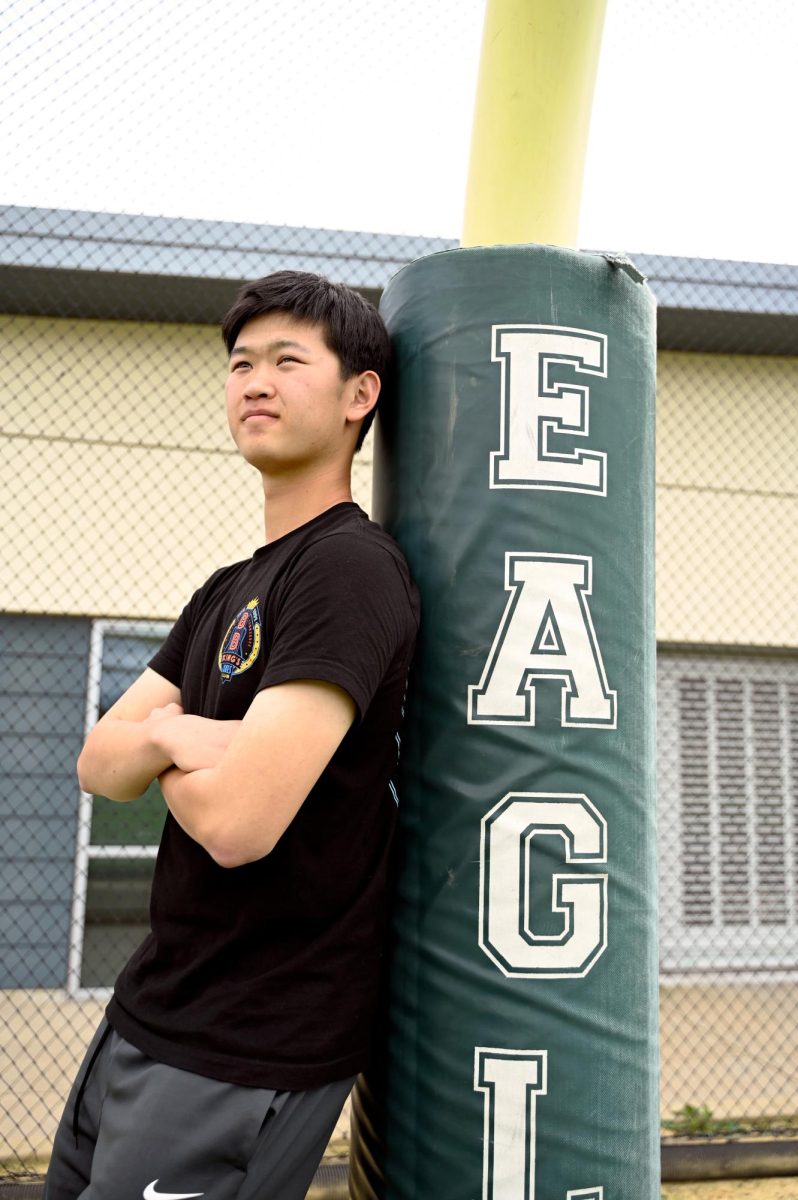
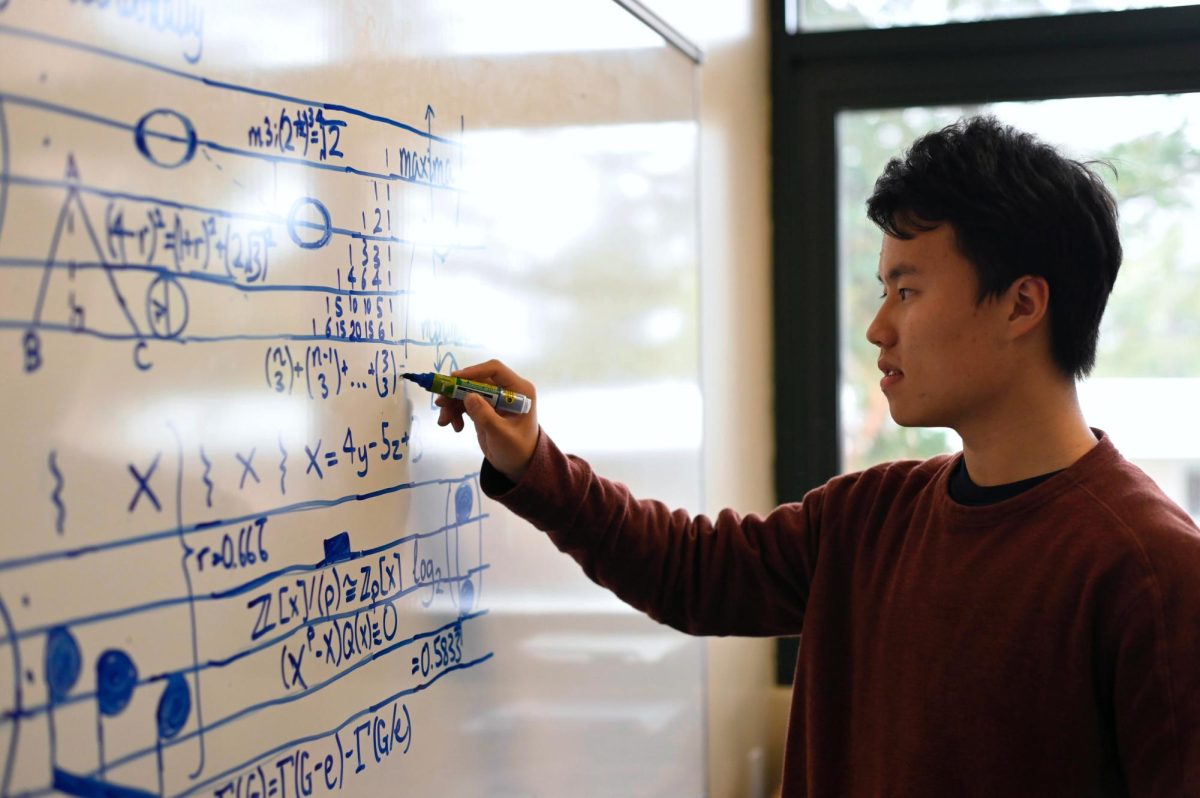
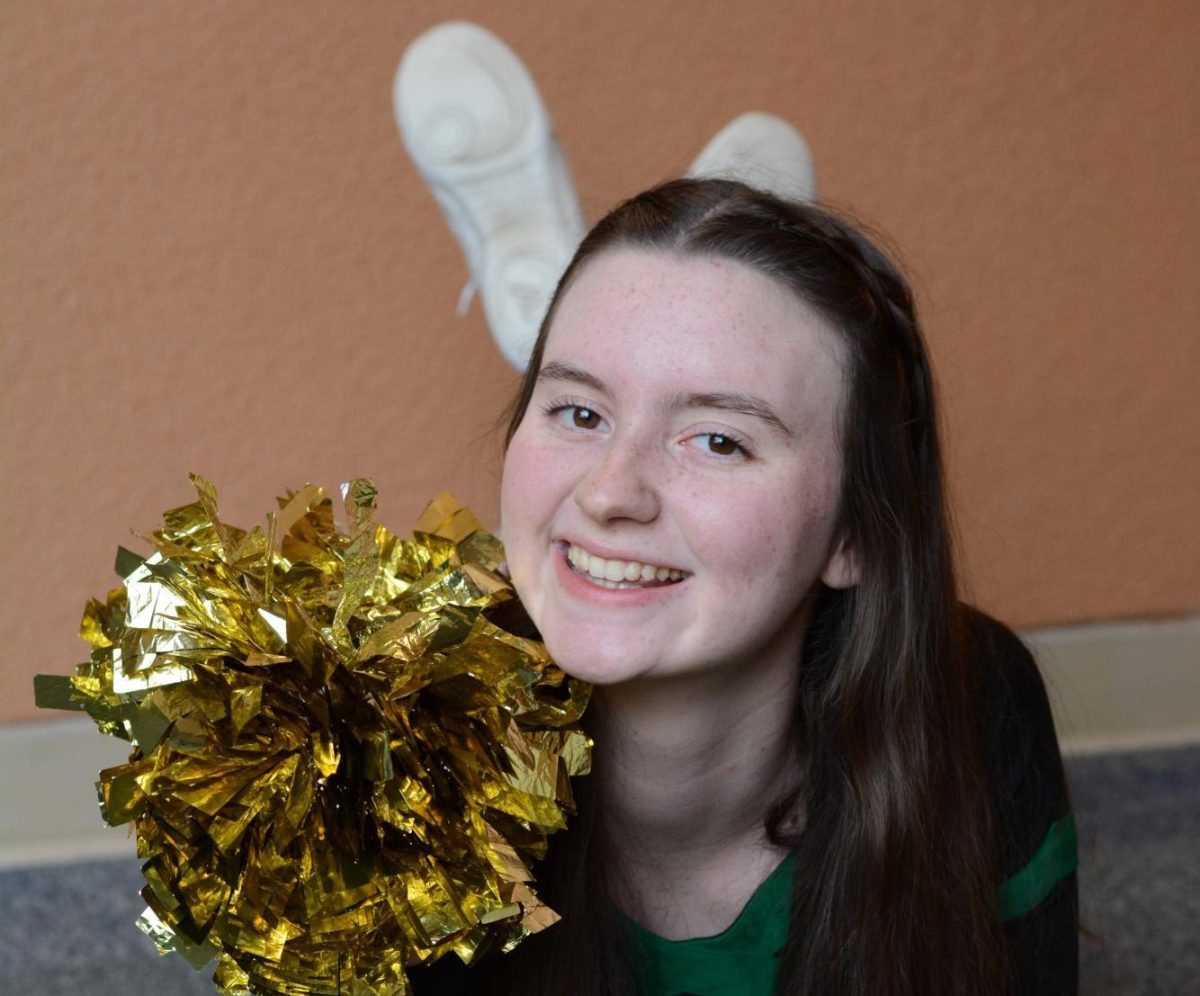








![“[Building nerf blasters] became this outlet of creativity for me that hasnt been matched by anything else. The process [of] making a build complete to your desire is such a painstakingly difficult process, but Ive had to learn from [the skills needed from] soldering to proper painting. Theres so many different options for everything, if you think about it, it exists. The best part is [that] if it doesnt exist, you can build it yourself, Ishaan Parate said.](https://harkeraquila.com/wp-content/uploads/2022/08/DSC_8149-900x604.jpg)


![“Animation just clicked in a way. I had been interested in art, but that felt different. [Animation] felt like it had something behind it, whereas previous things felt surface level. I wasnt making that crazy of things, but just the process of doing it was much more enjoyable, Carter Chadwick (22) said.](https://harkeraquila.com/wp-content/uploads/2022/08/Screen-Shot-2022-08-16-at-9.44.08-AM-900x598.png)


![“When I came into high school, I was ready to be a follower. But DECA was a game changer for me. It helped me overcome my fear of public speaking, and its played such a major role in who Ive become today. To be able to successfully lead a chapter of 150 students, an officer team and be one of the upperclassmen I once really admired is something Im [really] proud of,” Anvitha Tummala (21) said.](https://harkeraquila.com/wp-content/uploads/2021/07/Screen-Shot-2021-07-25-at-9.50.05-AM-900x594.png)



![“[Volleyball has] taught me how to fall correctly, and another thing it taught is that you don’t have to be the best at something to be good at it. If you just hit the ball in a smart way, then it still scores points and you’re good at it. You could be a background player and still make a much bigger impact on the team than you would think,” Anya Gert (’20) said.](https://harkeraquila.com/wp-content/uploads/2020/06/AnnaGert_JinTuan_HoHPhotoEdited-600x900.jpeg)

![“Im not nearly there yet, but [my confidence has] definitely been getting better since I was pretty shy and timid coming into Harker my freshman year. I know that theres a lot of people that are really confident in what they do, and I really admire them. Everyones so driven and that has really pushed me to kind of try to find my own place in high school and be more confident,” Alyssa Huang (’20) said.](https://harkeraquila.com/wp-content/uploads/2020/06/AlyssaHuang_EmilyChen_HoHPhoto-900x749.jpeg)













![“My slogan is ‘slow feet, don’t eat, and I’m hungry.’ You need to run fast to get where you are–you arent going to get those championships if you arent fast,” Angel Cervantes (12) said. “I want to do well in school on my tests and in track and win championships for my team. I live by that, [and] I can do that anywhere: in the classroom or on the field.”](https://harkeraquila.com/wp-content/uploads/2018/06/DSC5146-900x601.jpg)

![“I think getting up in the morning and having a sense of purpose [is exciting]. I think without a certain amount of drive, life is kind of obsolete and mundane, and I think having that every single day is what makes each day unique and kind of makes life exciting,” Neymika Jain (12) said.](https://harkeraquila.com/wp-content/uploads/2017/06/Screen-Shot-2017-06-03-at-4.54.16-PM.png)







